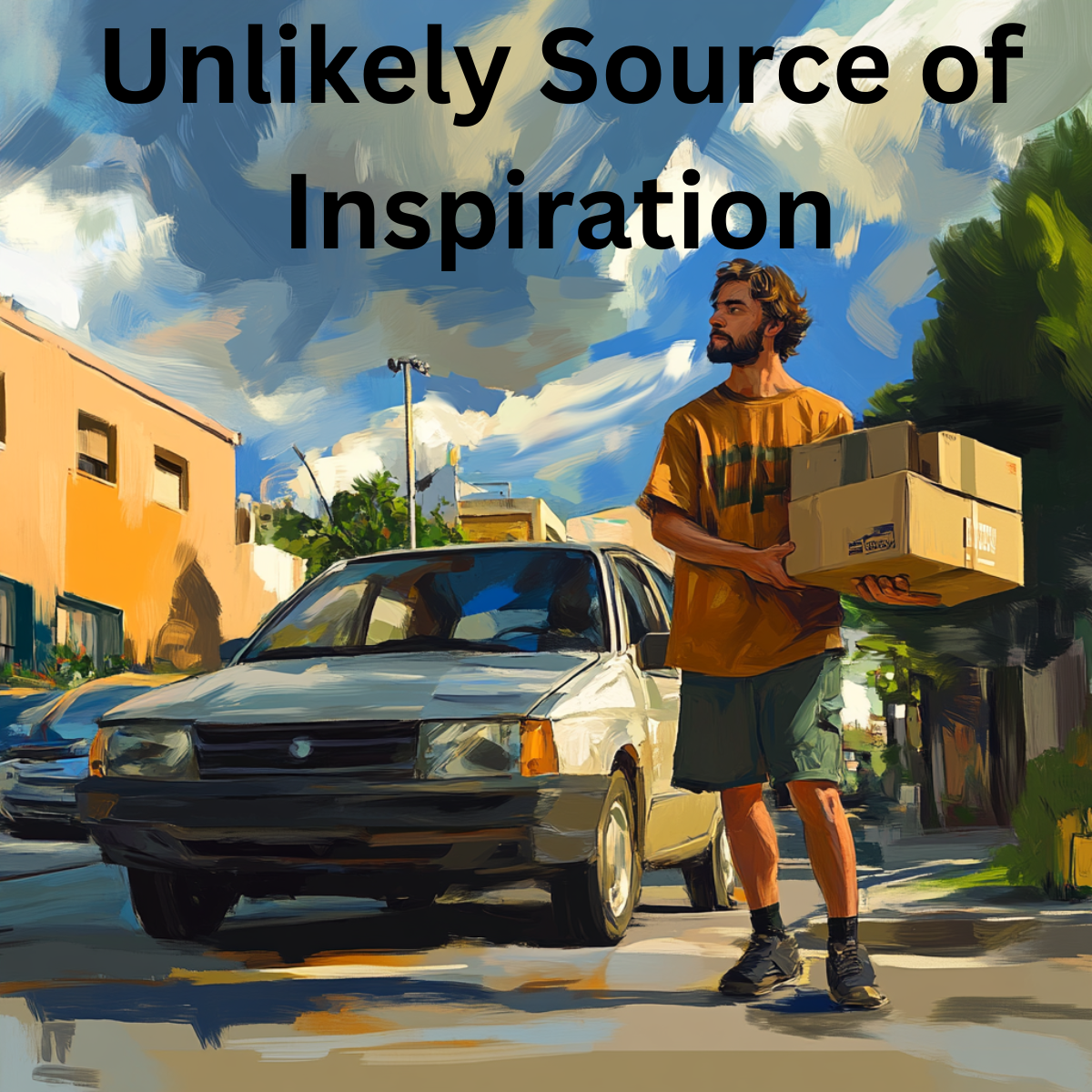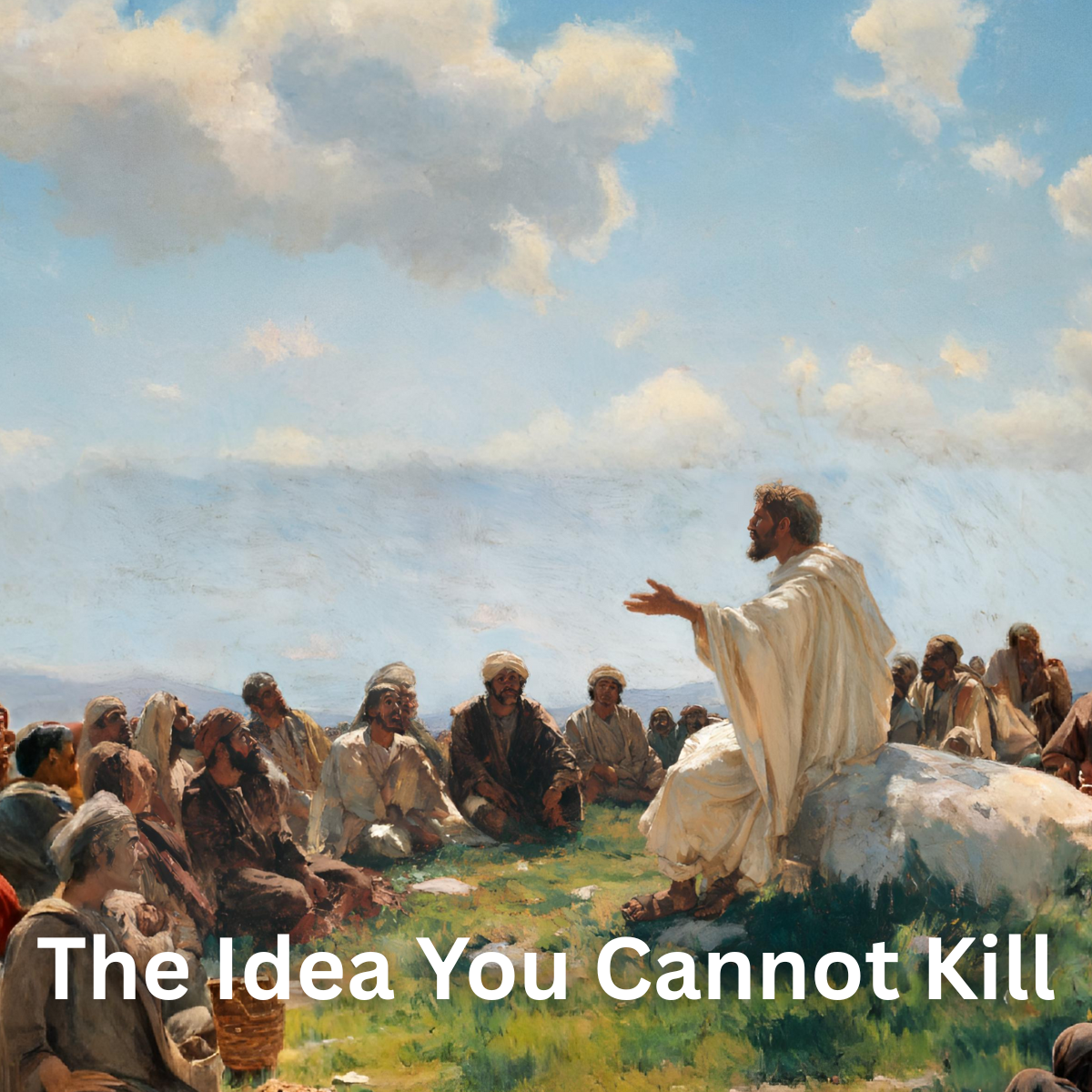Sitting in my office today, staring at the walls, I was struggling to find some inspiration to motivate me to engage in my daily regimen. Then a knock came at the door. I went to see who was there, and there was nobody—only a grocery bag on the front doorstep. An older woman waved at me as she got into her older-model Toyota Corolla and drove off. My wife had ordered Instacart again. This got me thinking: how is this business model doing?
Often, when I look for inspiration, I look for great stories of success—rags-to-riches tales or someone overcoming great odds. However, I realized today that one of the most unlikely places to find inspiration is in complete failures. Instacart is not a failure, that is for certain. The business is reporting a tremendous net income of $457 million on revenue of $3.39 billion. By most metrics, it is a wildly successful startup that has now become a viable enterprise. Its asset-light approach has led to a high-volume, high-transaction business with a steady stream of revenue, unburdened by massive operating costs. However, this wasn’t the source of my inspiration.
I remembered Webvan. This company started in 1999 with largely the same idea behind Instacart. Despite raising over $800 million in venture capital, Webvan rapidly expanded without establishing a sustainable business model. The company incurred significant losses, leading to its bankruptcy in 2001. Webvan invested heavily in its own warehouses and infrastructure, pouring money into an attempt at rapid expansion. But the inspiration here isn’t just in the contrast of business models—certainly, Instacart’s low-cost, partnership-based model has clear advantages. The real inspiration lies in why Webvan collapsed.
The company was well-financed and ambitious, aiming to rapidly expand across the country. It started as a software platform but pivoted midstream into a logistics service provider. It took on an incredibly expensive and complex effort to compete with a legacy grocery industry that had already learned hard lessons about supply chains. Webvan never quite got its story straight. It started as an online grocery ordering and delivery service. Then it tried to become an e-commerce platform provider for others. Then it acquired HomeGrocer, only to stall out amid difficult integration challenges. Then it pivoted again to a general delivery service instead of focusing on groceries. It stumbled through overwhelming costs and operational complexity.
If Webvan had stuck to its original plan, it might have built a grocery delivery ecosystem in major markets that could slowly accrue value. But the company wasn’t growing fast enough to satisfy investors, so it grew impatient and repeatedly shifted its business model. In the end, this frequent pivoting led to confusion, operational chaos, and ultimately, failure.
The lesson here is clear: a good idea executed inconsistently will always lose to a steady idea executed with focus. Webvan had early promise and resources but lacked discipline. In its rush to scale, it abandoned its core value proposition and tried to become too many things at once. Each pivot diluted the brand, stretched the operation, and alienated stakeholders. Meanwhile, companies like Instacart learned from this—focusing on sustainable growth, clear partnerships, and scalable systems before chasing new territory. Focus and patience are often the greatest competitive advantages.
So maybe inspiration doesn’t always come from the giants who got everything right. Sometimes it comes from the wreckage of those who got it wrong. In Webvan’s collapse, there is a warning—but also a gift: the reminder that success is not just about vision or capital, but about consistency, clarity, and the courage to stay the course long enough to see it work.




